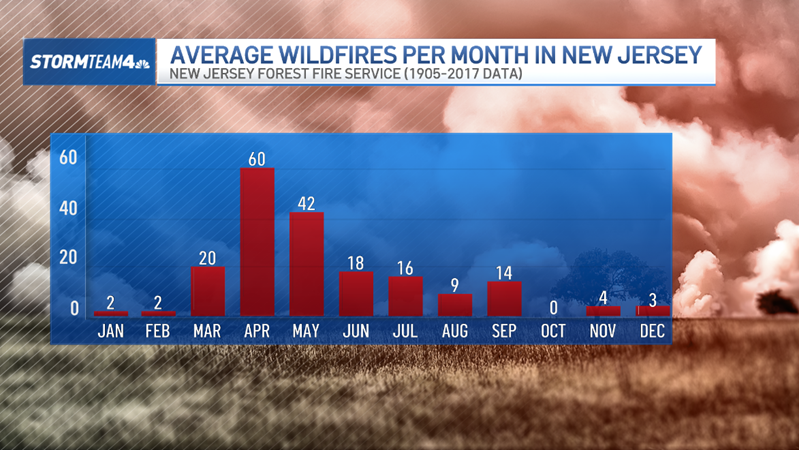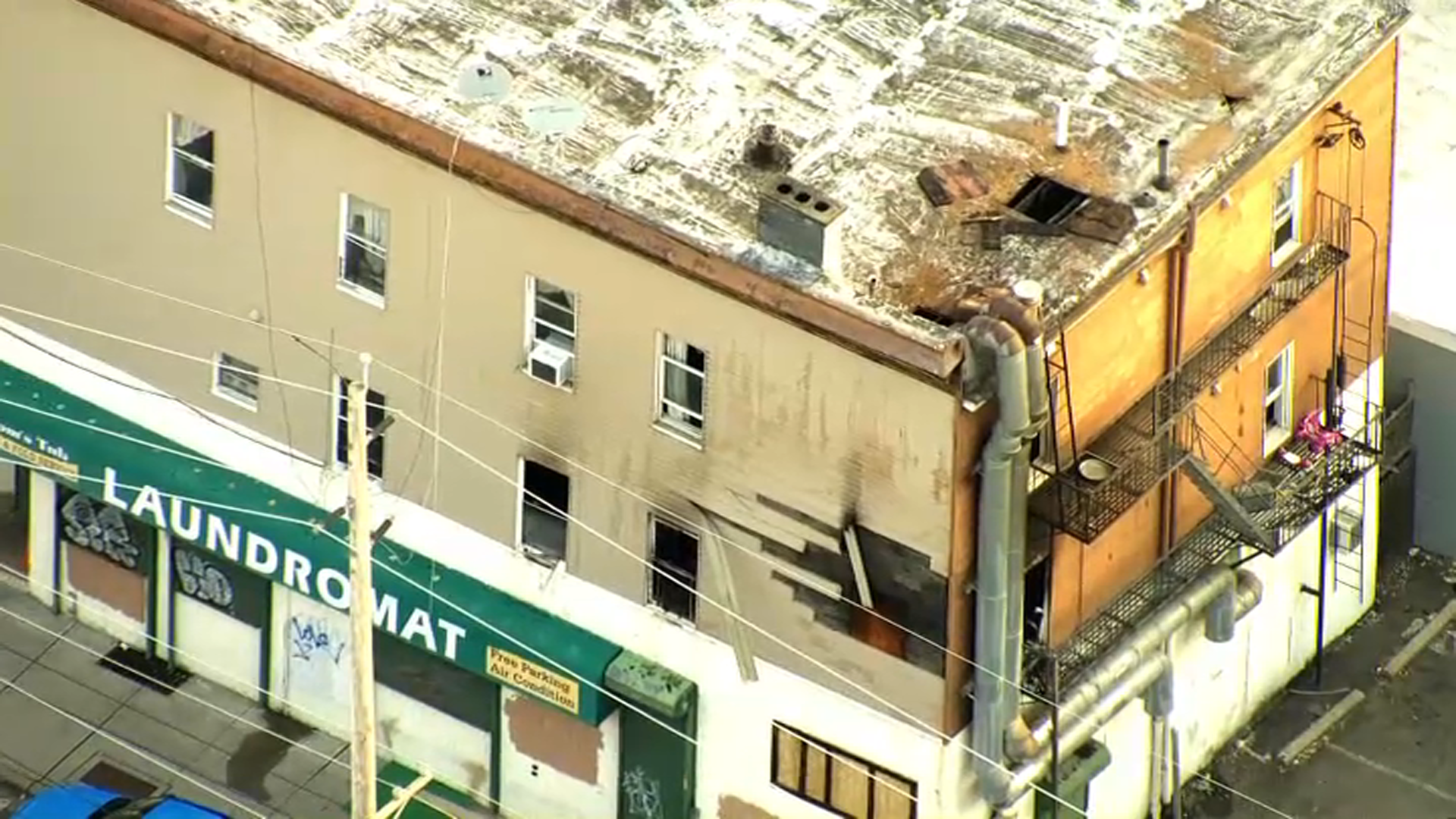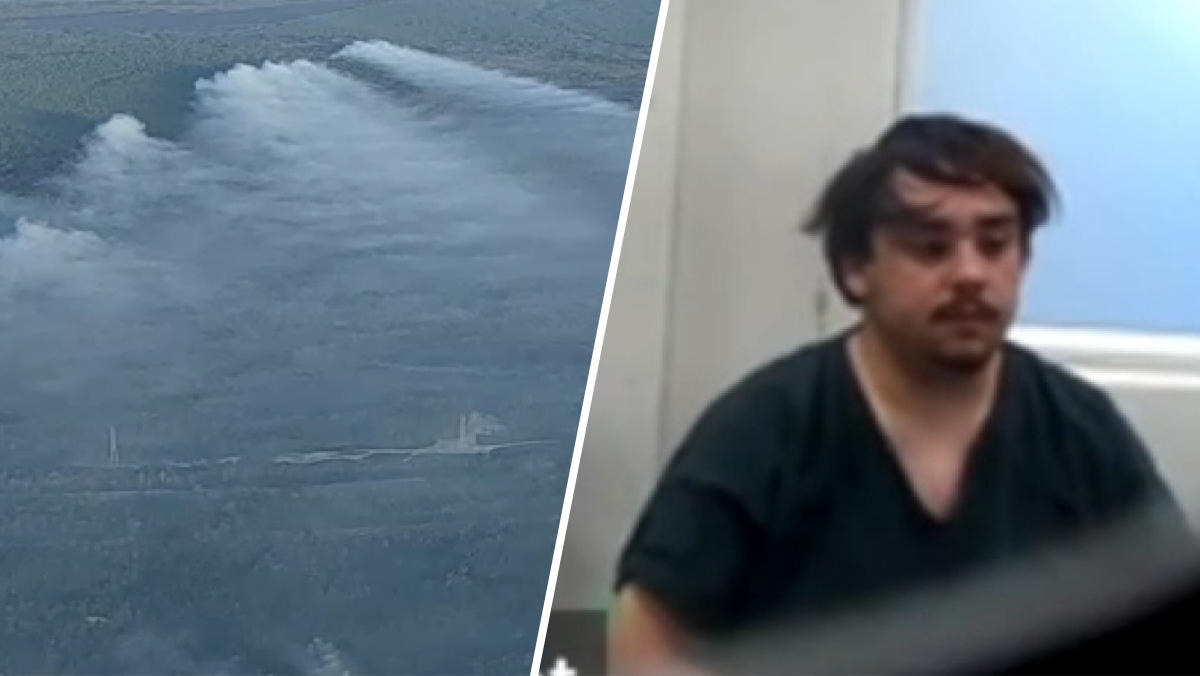Norwalk Fire: 22 Displaced, How You Can Help!
Norwalk Fire Displaces 22: Community Rallies to Support
Introduction: A Community Shaken, But Not Broken
Tuesday afternoon took a terrifying turn for 22 residents of a multi-family home on Lexington Avenue in Norwalk, Connecticut. A fire erupted, leaving families displaced and their lives temporarily upended. While the immediate threat has been extinguished, the long road to recovery has just begun. But, if history teaches us anything, it's that communities often emerge stronger in the wake of such tragedies. Let's delve into what happened, how the community is responding, and what resources are available to help those affected.
The Day the Fire Broke Out: Timeline of Events
According to the Norwalk Fire Department, the call came in around 2:40 p.m. Imagine being at work, school, or simply relaxing at home when sirens suddenly pierce the air, signaling a crisis nearby. Here's a breakdown of the timeline:
Initial Response: Speed and Efficiency
Firefighters arrived on the scene to find smoke and flames emanating from the multi-family dwelling. Their swift response was crucial in preventing further escalation. The immediate priority was the safety of the residents.
Evacuations: A Race Against Time
What's particularly concerning is that residents on the second and third floors were initially unaware of the fire. Firefighters acted quickly to evacuate everyone, potentially saving lives. It's a stark reminder of the importance of working smoke detectors and having an evacuation plan.
Third Alarm: Fighting the Flames
The fire escalated to a third alarm. Why? Well, two key factors were at play: problematic fire hydrants and the sheer number of people in the building. A third alarm means more firefighters, more equipment, and a more coordinated effort. It highlights the serious nature of the blaze and the challenges faced by the fire department.
The Aftermath: Displacement and Uncertainty
While no injuries were reported, the fire left 22 people without a place to call home. That's 22 individuals, families, children, perhaps even pets, whose lives have been drastically altered in a matter of hours. What now? Where do they go? How do they rebuild?
The Red Cross Steps In: Immediate Relief
Thankfully, organizations like the Red Cross are designed to provide immediate assistance in situations like these. They're offering shelter, food, clothing, and emotional support to the displaced residents. The Red Cross is a beacon of hope in times of crisis, offering a lifeline to those who have lost everything.
Long-Term Housing Solutions: A Complex Challenge
Finding long-term housing solutions for 22 people is a significant challenge. It requires coordination between various agencies, landlords, and community organizations. The process can be lengthy and emotionally draining, but it's a crucial step in helping these families regain their independence.
The Investigation: Determining the Cause
The Norwalk Fire Marshal's Office is now investigating the cause of the fire. Determining the origin and cause is crucial for preventing similar incidents in the future. Was it an electrical malfunction? A cooking accident? Arson? The answers will hopefully shed light on how to improve fire safety in multi-family dwellings.
Potential Causes: Ruling Out Possibilities
The investigation will involve a thorough examination of the scene, interviews with witnesses, and analysis of any potential evidence. They'll be looking for any signs of negligence or wrongdoing. It's a meticulous process that requires expertise and attention to detail.
Preventative Measures: Learning from the Incident
Regardless of the cause, this fire serves as a reminder of the importance of fire safety. Regularly checking smoke detectors, having a fire escape plan, and practicing fire drills can save lives. It's not just about individual responsibility; it's about community awareness.
Community Support: Norwalk Rallies Together
In times of crisis, communities often come together to support those in need. The outpouring of support from Norwalk residents has been heartwarming. From donations of clothing and food to offers of temporary housing, people are stepping up to help their neighbors.
Local Organizations: Providing Assistance
Several local organizations are working to coordinate relief efforts. Food banks, shelters, and community centers are all playing a vital role in providing essential resources. Their dedication and compassion are making a tangible difference in the lives of the displaced families.
How You Can Help: Contributing to the Relief Effort
Want to help? There are several ways you can contribute to the relief effort. Donating to the Red Cross, volunteering your time, or contributing to local charities are all valuable ways to make a difference. Even a small act of kindness can have a big impact.
Fire Safety Tips for Multi-Family Homes: Prevention is Key
Living in a multi-family home presents unique fire safety challenges. Sharing walls and common areas increases the risk of a fire spreading quickly. Here are some essential tips to help prevent fires and protect your family:
Smoke Detectors: Your First Line of Defense
Ensure you have working smoke detectors on every level of your home, especially near sleeping areas. Test them monthly and replace the batteries at least once a year. Don't take them for granted; they can save your life.
Escape Plans: Know Your Exit Routes
Develop a fire escape plan and practice it regularly. Know at least two ways out of every room and designate a meeting place outside the building. Time is of the essence during a fire, so being prepared can make all the difference.
Cooking Safety: Stay Alert in the Kitchen
Never leave cooking unattended. Keep flammable materials away from the stovetop and oven. Clean up grease spills promptly to prevent fires from starting. A moment of carelessness can have devastating consequences.
Electrical Safety: Avoid Overloading Circuits
Don't overload electrical outlets or extension cords. Use surge protectors to protect your electronics from power surges. If you notice any frayed wires or sparking outlets, have them repaired immediately. Faulty wiring is a common cause of fires.
Insurance Coverage: Navigating the Claims Process
Dealing with insurance claims after a fire can be overwhelming. It's important to understand your coverage and work with your insurance company to get the compensation you deserve. Document everything, keep receipts, and don't hesitate to ask for help.
Homeowners vs. Renters Insurance: Knowing the Difference
If you're a homeowner, your homeowner's insurance will cover damage to the building and your personal belongings. If you're a renter, you need renters insurance to protect your belongings. Without renters insurance, you may be responsible for replacing everything you lost in the fire.
The Emotional Toll: Coping with Trauma
Experiencing a fire can be incredibly traumatic. The loss of belongings, the fear for your safety, and the disruption to your life can take a heavy emotional toll. It's important to seek help if you're struggling to cope.
Mental Health Resources: Seeking Support
Counseling, support groups, and other mental health resources can help you process your emotions and begin the healing process. Don't be afraid to reach out for help; it's a sign of strength, not weakness.
Rebuilding and Recovery: A Long Road Ahead
The road to rebuilding and recovery will be long and challenging. But with the support of the community and the resilience of the residents, Norwalk will get through this. It's a testament to the human spirit's ability to overcome adversity.
Conclusion: Hope Amidst the Ashes
The fire on Lexington Avenue in Norwalk serves as a stark reminder of the importance of fire safety and community support. While 22 people have been displaced, the outpouring of help from neighbors, organizations like the Red Cross, and local businesses offers a beacon of hope. Remember to check your smoke detectors, have an escape plan, and be mindful of fire hazards in your home. Together, we can prevent future tragedies and support those affected by these devastating events.
Frequently Asked Questions
- What should I do immediately after a fire in my apartment?
First, ensure your safety and the safety of those around you. Contact the fire department immediately, even if you think the fire is small. Once the fire is extinguished and the authorities have given the all-clear, contact your landlord or property manager and your insurance company. Document any damage with photos or videos before cleaning anything up, and keep receipts for any expenses incurred due to the fire.
- How can I help the families displaced by the Norwalk fire?
You can help by donating to the Red Cross, which is providing immediate assistance. You can also contact local charities and community organizations in Norwalk to see what specific needs they have. Donations of clothing, food, and financial contributions are often the most helpful.
- Does my landlord's insurance cover my belongings if there's a fire?
No, your landlord's insurance typically only covers the building itself, not your personal belongings. That's why it's crucial to have renters insurance, which protects your possessions in case of fire, theft, or other covered perils.
- What if I can't afford renters insurance? Are there any options?
Some organizations offer assistance with renters insurance premiums for low-income individuals and families. Contact your local housing authority or social services agency to see if any programs are available in your area. It's worth exploring every option to protect yourself and your belongings.
- How often should I test my smoke detectors?
You should test your smoke detectors at least once a month. A simple way to remember is to test them on the first day of each month. Replace the batteries at least once a year, or sooner if the detector chirps, indicating a low battery.





